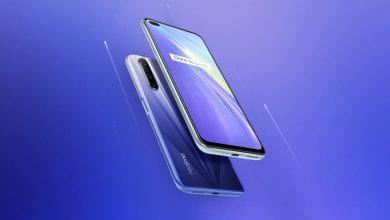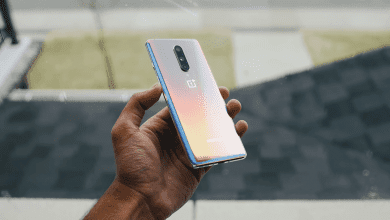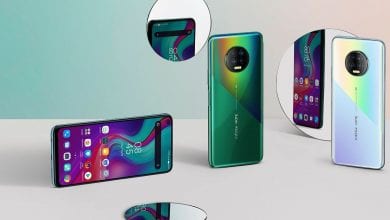Xiaomi 14 Ultra vs. Samsung Galaxy S24 Ultra
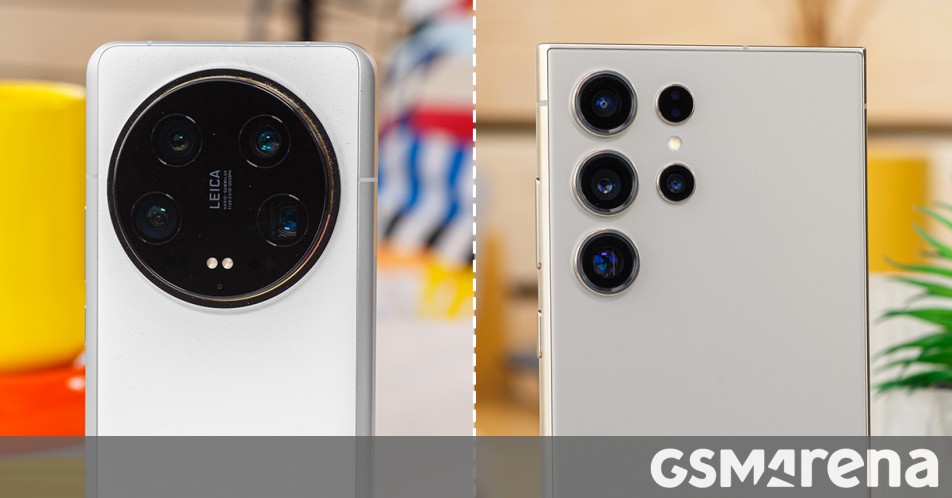
With the recent global release of the Xiaomi 14 Ultra, those on a quest for the ultimate cameraphone are presented with another option. Coming from a lineage of camera excellence, the Xiaomi builds on it with seemingly minor but, in fact, tangible improvements in the telephoto capabilities.
Also in the zoom department is where the latest top-end Samsung made its most significant generational change. The Galaxy S24 Ultra replaced the old model’s 10x zoom unit with a larger-sensor 5x one, making a comparison with the Xiaomi all the more natural.
The Galaxy is quite possibly the most smartphone you can have to begin with, camera-centric or otherwise, so the Xiaomi will have to do more than just be an awesome picture-taking device in order to compete. Let’s see how it stacks up.
Table of Contents:
For starters, you can compare the complete specs sheets or directly continue with our editor’s assessment in the following text.
Size comparison
Both of these are very large phones, but they take different approaches to size, proportions, and styling. The Xiaomi has more fluid shapes – its corners are more rounded, the display has a slight curvature around its entire perimeter, and the frame flows into the back – overall, it does a lot to mask its size. There’s no masking that camera bump though – the huge circle may be there out of necessity to fit all the hardware, but Xiaomi’s embraced that and turned it into a stylistic element too.
The Galaxy, on the other hand, has about all the styling of a concrete tile. It’s large, yes, but it’s also flat on both sides and has sharp corners making you feel every bit of its size and weight. The relatively more modest camera hardware doesn’t need quite as much thickness and you get thinner separate lens rings.
Both handsets are IP68 rated for dust and water resistance, but neither goes beyond the IPX8’s standard requirement (1.5m, 30 minutes) – only iPhones offer more.
While the sealing should be as good on both, the materials used are different. Samsung has a titanium exposed frame (and an aluminum skeleton underneath), while Xiaomi uses just aluminum. There’s a titanium frame version of the 14 Ultra too, but that’s China-only.
Not all glass is created equal either. The Galaxy S24 Ultra uses Corning’s latest Gorilla Armor (so far exclusively) on both the display and the back panel. This exclusive glass has one more extra virtue other than its improved durability, but more on that in the next section.
The Xiaomi’s display is protected by a proprietary solution called Xiaomi Shield Glass, which they say offers 10 times better drop resistance than the Xiaomi 13 Pro (Gorilla Glass Victus).
Each of our Ultras has a unique accessory that sets it apart from the other one, but also from any other competing offerings. The Galaxy S24 Ultra, in true Galaxy Note fashion, comes with an S Pen inside that can be used for taking notes and as a remote shutter release. All S24 Ultras have that.
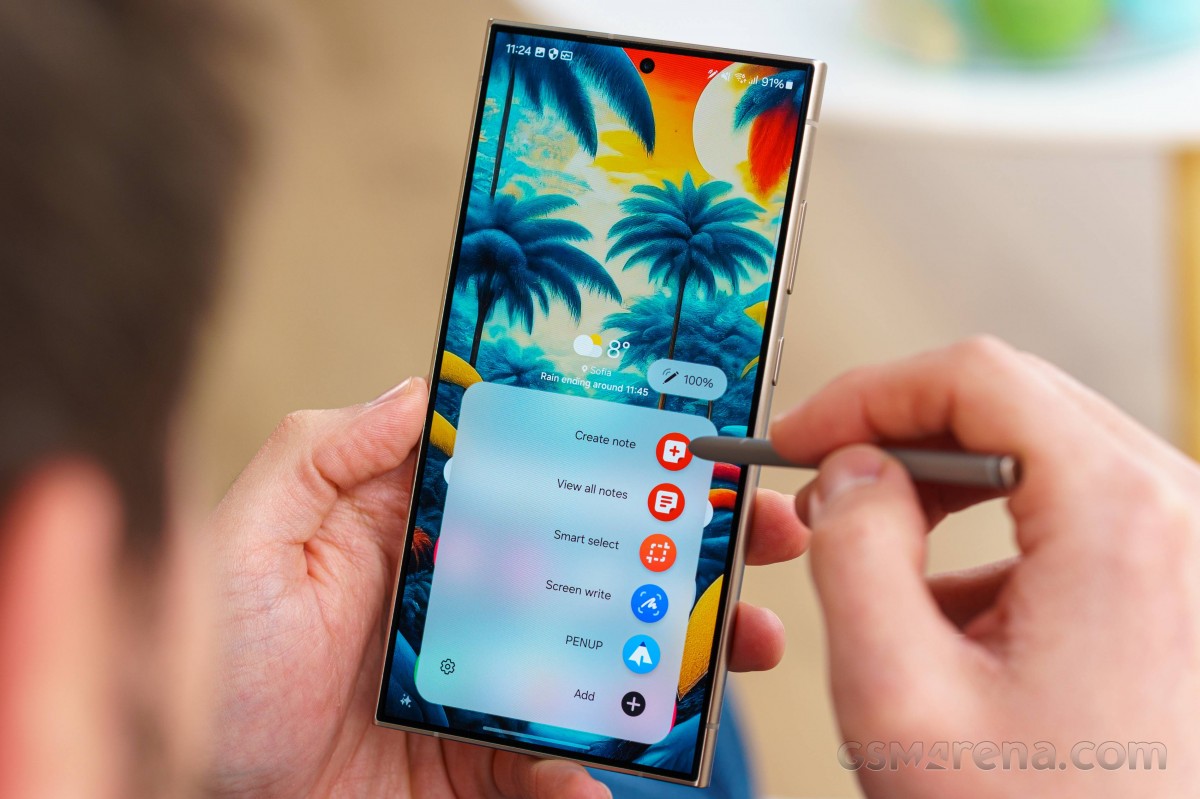
The Xiaomi Photography Kit, on the other hand, is an optional item that comes at an extra cost (€200). It adds a few physical controls, a hand grip, and some extra battery, and the whole ensemble looks and feels like an actual camera – at least as close as you can get to that with a smartphone.
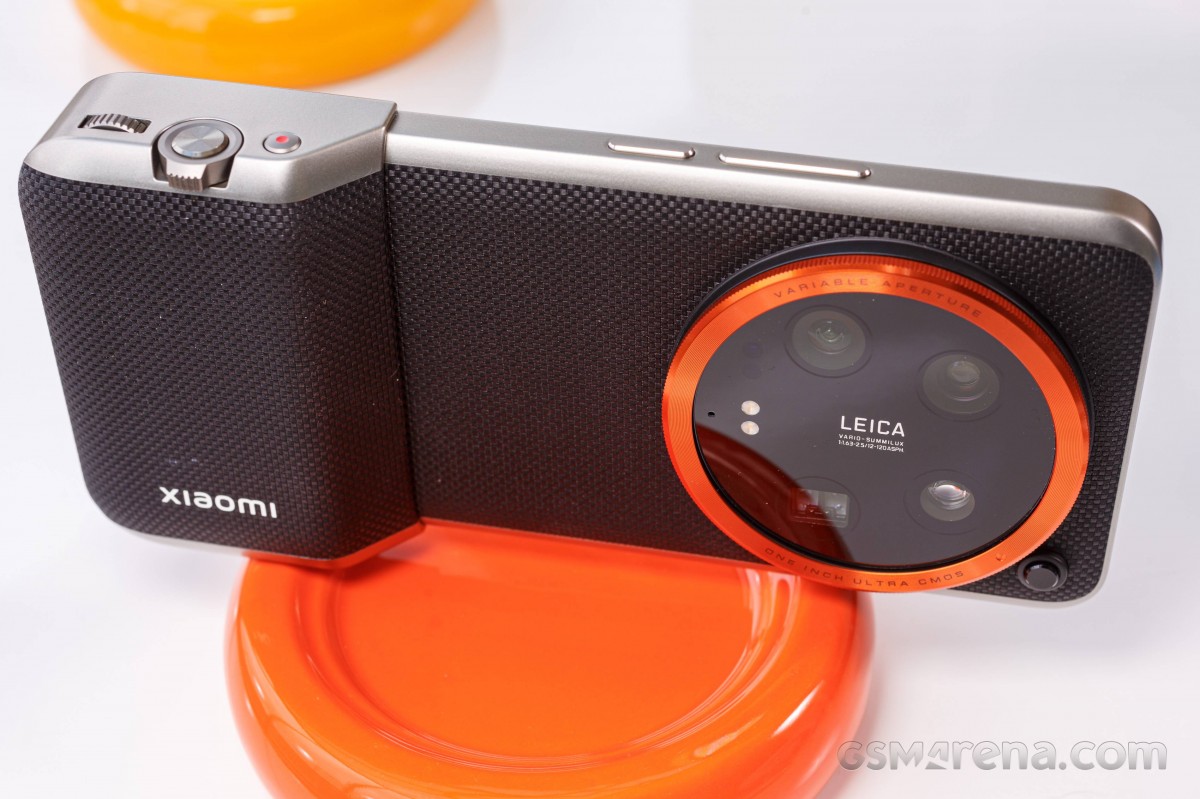
Display comparison
You wouldn’t expect anything other than greatness from these two displays and that’s what you’d be getting. Both offer a high resolution (1440p) and a high refresh rate (120Hz maximum, very adaptive), as well as brightness to spare. The Galaxy was brighter in our testing (1,447nits vs. 1,281nits in auto, 755 vs. 710 in manual), though it shouldn’t be a readily observable difference in the real world.
What’s fairly evident is the reduced reflectivity of the Galaxy S24 Ultra’s display glass. One of the two major developments ushered in by Gorilla Armor, the less reflective facade should help reduce the brightness needed to achieve the same perceived ‘readability’ and thus maybe contribute to better endurance.
The Galaxy’s display isn’t flawless though, and at very low brightness it exhibits a very fine graininess as the different colored subpixels can’t be made to light up uniformly at those very low levels. We would by no means call it a dealbreaker, but if you often use your phone in dark environments (and thus at low brightness levels) and you like to fixate on imperfections, you may find it hard to fully enjoy the S24 Ultra.
Battery life
Both phones have 5,000mAh capacity batteries, and with the same chipset inside and similar display specs, you’d expect comparable battery life. The reality is different though, and the Xiaomi isn’t as efficient at converting capacity into longevity.
While the 14 Ultra lasted almost precisely as long as the S24 Ultra in our web browsing test, the Galaxy was notably better in the other three disciplines, with an almost 40% advantage in gaming and nearly 30% longer video runtime. The 25% advantage in voice calls is less important, but it’s there too.
Charging speed
The Xiaomi is quick to strike back and scores a victory for charging speed – it may not last as long but it charges almost twice as fast. A half-hour charging session from flat will get you to 93% on the 14 Ultra, when using its supplied adapter.
The Galaxy, on the other hand, will be at 70-ish percent at the 30-minute checkpoint, if you use the Samsung 45W adapter, which is sold separately. Any other adapter will be slower, and in our experience that includes even good third-party USB Power Delivery options (not a lot slower with those, but slower nonetheless).
The Xiaomi will also win in a wireless charging speed race though we haven’t really tested that to tell you numbers from experience. Xiaomi says 46 minutes with their “80W Adaptive Wireless Charging Stand” and we have reason to believe that the real number won’t be too far off from their claims. The Samsung, meanwhile, is capped at 15W.
Both phones are able to charge other devices either wirelessly or over a cable.
Speaker test
Both phones feature stereo speaker setups with slight differences in their implementation. A bottom firing ‘main’ speaker is joined by a second one that also serves as an earpiece – but while the Xiaomi will also send some of the opposite channel to each speaker, the Galaxy will strictly maintain separation.
In our testing, the numbers assigned a ‘Very Good’ rating for loudness to both phones. Both sound great to our ears, but the Galaxy has the upper hand with a livelier midrange and a bit more bass.
Performance
The Snapdragon 8 Gen 3 powers each of these phones, as is to be expected from 2024 Android flagships. The Galaxy’s storage options start at 256GB and go up to 1TB, with all of them having 12GB of RAM. The Xiaomi is only available globally in a 16GB/512GB configuration (12GB/256GB version as well as a 16GB/1TB one are sold in China).
Benchmark performance
Benchmark performance is very similar between the two and both post predictably high numbers – neither is an underachiever.
The Xiaomi is notably better at handling sustained load, though – in our testing it got a 68% vs. 48% stability rating in the 3DMark Wild Life Stress test and also showed markedly better results in the CPU Throttling test.
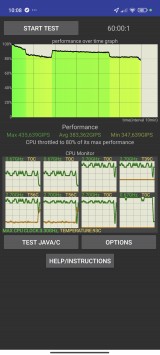
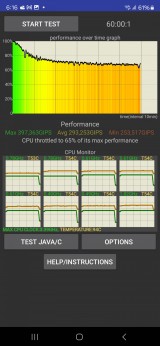
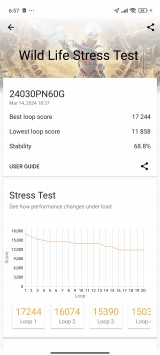
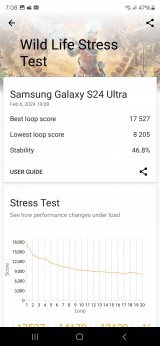
Sustained load results: Xiaomi 14 Ultra • Galaxy S24 Ultra
On the other hand, the Galaxy could score some points for its software. Samsung promises 7 years of major OS updates as well as security patches for the same period. Xiaomi says the 14 Ultra will get 4 OS releases and an extra year on top of that for security patches.
Additionally, Samsung’s close collaboration with Google means the Galaxy is getting cutting edge AI features and functionality. Xiaomi’s HyperOS should also be joining the AI bandwagon, whatever that entails, but we haven’t yet seen the promised features implemented.
Another obvious advantage for the Galaxy is its S Pen. The unrivaled stylus experience can be reason enough to pick the S24 Ultra thanks to its benefits for productivity, creative pursiuts, or remote operation.
Camera comparison
There’s a fairly pronounced difference in approaches when it comes to imaging between these two. Xiaomi has been on the forefront with hardware and was among the early adopters of ‘one-inch’ sensors, and this is now their third Ultra with a sensor this big. For this iteration they’ve added a continuously variable aperture on the main camera to balance things between light gathering and depth of field. Also new this time around are the lenses for their telephotos (same sensors as last year), which are now capable of some extremely close focusing. Point being that Xiaomi cameras have some industry-leading hardware.
Xiaomi 14 Ultra camera specs
- Wide (main): 50MP Sony LYT-900 (1″, 1.6µm – 3.2µm), f/1.63-f/4.0, 23mm, multi-directional PDAF, Laser AF, OIS; 4K@120fps
- Ultrawide: 50MP Sony IMX858 (1/2.51″, 0.7µm-1.4µm), f/1.8, 12mm, PDAF; 4K@60fps
- Telephoto 1, 3.2x: 50MP Sony IMX858 (1/2.51″, 0.7µm-1.4µm), f/1.8, 75mm, PDAF (10cm – ∞), OIS; 4K@60fps
- Telephoto 1, 5x: 50MP Sony IMX858 (1/2.51″, 0.7µm-1.4µm), f/1.8, 120mm, PDAF (30cm – ∞), OIS; 4K@60fps
- Front camera: 32MP OmniVision OV32B40 (1/3.14″, 0.7µm-1.4µm), f/2.0, 22mm, fixed focus; 4K@60fps
Samsung has some capable hardware in its Ultra too, of course, but it does feel a little stale (or merely unexciting?). The main camera has been reused from the previous generation, and its sensor is on the small side for a 2024 cameraphone. The above applies to the ultrawide and the 3x telephoto as well, only they are now three years old, not two. The only new piece of kit is the 5x telephoto that more or less matches Xiaomi’s 5x, going by the numbers.
Samsung Galaxy S24 Ultra camera specs
- Wide (main): 200MP Samsung ISOCELL HP2 (1/1.3″, 0.6µm-2.4µm), f/1.7, 23mm, multi-directional PDAF, OIS; 8K@30fps, 4K@120fps
- Ultrawide: 12MP Sony IMX563 (1/2.55″, 1.4µm), f/2.2, dual pixel PDAF; 4K@60fps
- Telephoto 1, 3x: 12MP Sony IMX754 (1/3.52″, 1.12µm), f/2.2, 67mm, PDAF, OIS; 4K@60fps
- Telephoto 2, 5x: 50MP Sony IMX854 (1/2.52″, 0.7-1.4µm), f/3.4, 111mm, PDAF, OIS; 4K@60fps
- Front camera: 12MP Samsung ISOCELL S5K3LU (1/3.2″, 1.12µm), f/2.2, 26mm, dual pixel PDAF; 4K@60fps
Image quality
Despite all the differences in hardware, the two phones actually produce quite similar end results, broadly speaking. In daylight, there’s no definitive winner when it comes to sharpness and detail when looking at photos from the ultrawides or the primary cameras. Maybe, just maybe, the 3.2x telephoto is slightly crispier on the 14 than the 3x is on the 24, but it’s hardly a deciding factor. Similarly, the 5x could be perceived as sharper on the Xiaomi, but we’d pin that on the extra contrast, rather than actual detail advantage.
Indeed, there are subtle differences in color rendition and contrast on the other cameras. The Xiaomi tends to produce slightly more expressive shots, with a tiny bit more contrast and saturation, but it’s not necessarily an objective advantage for one or the other.




Xiaomi 14 Ultra daylight photo samples: 0.5x • 1x • 3.2x • 5x




Galaxy S24 Ultra daylight photo samples: 0.6x • 1x • 3x • 5x




Xiaomi 14 Ultra daylight photo samples: 0.5x • 1x • 3.2x • 5x




Galaxy S24 Ultra daylight photo samples: 0.6x • 1x • 3x • 5x
When it comes to the “made-up” focal lengths, we’d say that the Xiaomi has the upper hand at the 2x zoom level – the Galaxy’s 200MP sensor doesn’t appear to shine here either.




2x samples: Xiaomi 14 Ultra • Galaxy S24 Ultra
At 10x the Xiaomi also has a minor edge, though it could be the extra contrast speaking, rather than actual extra detail.




10x samples: Xiaomi 14 Ultra • Galaxy S24 Ultra
Both phones offer nice close-up shooting capabilities, whether it’s with the ultrawide cameras or the telephotos. The telephotos, in particular, are most interesting, though, because they let you capture fine detail in small subjects without getting your phone up in them, throwing shadows or disturbing critters.
The Xiaomi is the undisputed winner at 3x, offering a closer focusing distance and a higher reproduction ratio, but also overall much better quality.
At 5x, the two phones have a similar minimum focusing distance, while the Galaxy has a slightly higher reproduction ratio. Still, we’d say Xiaomi’s image quality is a bit higher in this situation.




Close-up samples: Xiaomi 14 Ultra 3x • Galaxy S24 Ultra 3x • Xiaomi 14 Ultra 5x • Galaxy S24 Ultra 5x
The Galaxy is the better option for selfies, we reckon. The Xiaomi’s 32MP selfie camera only works at nominal resolution and even if you downscale the photos yourself to 12MP, it still doesn’t quite match the Samsung’s sharpness and detail. The Galaxy also has a livelier color output, and its autofocusing capability allows you to shoot weirder angles. The 14 Ultra does have a noticeably wider field of view though, which may be your thing.




Selfie samples: Xiaomi 14 Ultra • Galaxy S24 Ultra
In low light, both phones will get you great pictures, but once again, there will be differences in approach. The Galaxy opts for a little more grain, which comes with better detail, while the Xiaomi tends to produce smoother shots – cleaner, but with that little bit less fine texture. Somewhat surprisingly, the Xiaomi can’t beat the Galaxy at 3x, where it has a significant sensor size advantage. Dynamic range is excellent on both, though the Galaxy will tend to be more eager to preserve highlights than the Xiaomi.




Xiaomi 14 Ultra low-light photo samples: 0.5x • 1x • 3.2x • 5x




Galaxy S24 Ultra low-light photo samples: 0.6x • 1x • 3x • 5x




Xiaomi 14 Ultra low-light photo samples: 0.5x • 1x • 3.2x • 5x




Galaxy S24 Ultra low-light photo samples: 0.6x • 1x • 3x • 5x
Video quality
Both phones are competent video cameras as well. Both will get you 4K at 24, 30 and 60fps from all cameras (minus 4K24 on the Xiaomi’s selfie camera), and both main rear cameras can also do 4K120. The Galaxy can record in 8K too, at 24 and 30fps, with its main camera and its 5x telephoto – a capability that the Xiaomi matches, but also extends to the 3.2x and the ultrawide.
Daylight video quality is excellent on both, with little to split them in terms of quality. Stabilization is also hard to fault on either phone.




Xiaomi 14 Ultra daylight video samples: 0.5x • 1x • 3.2x • 5x




Galaxy S24 Ultra daylight video samples: 0.6x • 1x • 3x • 5x
In low-light, the Galaxy’s ultrawide has the upper hand, offering better dynamic range and noise reduction. The Xiaomi counters with superior telephoto footage at both zoom levels.




Xiaomi 14 Ultra low-light video samples: 0.5x • 1x • 3.2x • 5x




Galaxy S24 Ultra low-light video samples: 0.6x • 1x • 3x • 5x
Verdict
One would be forgiven for initially thinking that this dilemma will be decided on the cameras, but in the end, it turns out that’s not going to be the case. Or, rather, the rear cameras of the two phones are so closely matched in their performance (if quite different in hardware), that if you’re looking solely from an imaging standpoint, picking one over the other isn’t entirely an objective decision. Sure, there are a couple of standout differences that might help – the Xiaomi is notably better at closeups with its telephoto cameras, while the Galaxy has the upper hand in the selfie department – but overall, these are remarkably capable picture- and video-taking devices, both of them.
The best cameraphones are also often the best phones altogether, and nowhere is this truer than in the case of the Galaxy S24 Ultra. Versatile beyond comparison, the latest top-tier Galaxy remains the only reasonably viable option with a stylus, and the S Pen isn’t just good because it has no competition – it’s good because it offers true utility for work and play.
Samsung’s One UI is without a doubt the most feature-packed take on Android and if you’re one to hold on to your handset for as long as it will last, the latest generation’s 7-year update policy will be a major selling point. The Galaxy should also offer longer battery life than the Xiaomi, possibly thanks to a more frugal display.
The 14 Ultra isn’t without its own advantages, though. What it lacks in longevity, it makes up for in charging speed, both on a cable and wirelessly. It also aced out thermal testing benchmarks, an area where the Galaxy wasn’t nearly as stable.
And where the Galaxy has the S Pen, the Xiaomi has the Photography kit. You might scoff at this €200 extra purchase, but after the image quality tie, it’s like a winning goal in extra time. We reckon that if it adds further enjoyment to the process of taking similarly great pictures, it sounds like an enticing proposition.
All things considered, the Galaxy S24 Ultra feels like the more well-rounded offering and a better value for money. By current market rates, the two are about the same price (when you match the Xiaomi’s 512GB storage on the Galaxy) and you just get more outright with the Samsung. You could even save a little by opting for the base 256GB spec. But we’d understand if you’d prefer the Xiaomi.

- One of the best camera systems on the market.
- The superior close-ups with the zoom cameras.
- The Photography Kit.
- The more pocket-friendly shapes.
- The faster charging.
- The better thermal handling.
Get the Xiaomi 14 Ultra for:
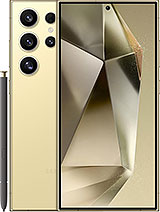
- One of the best camera systems on the market.
- The better selfies.
- The S Pen.
- The longer battery life.
- One UI and 7 years of updates.
- The lower price (for a base 256GB version).
Get the Samsung Galaxy S24 Ultra for:
المصدر : Gsmarena .

